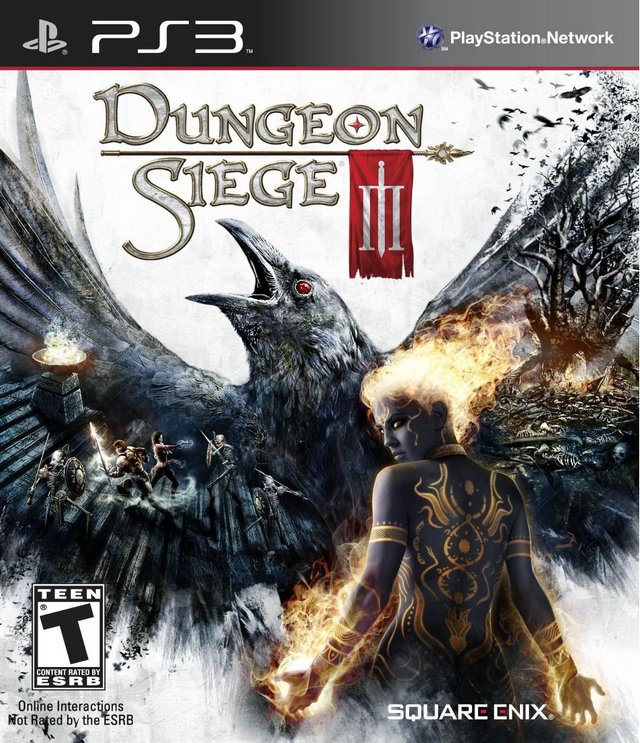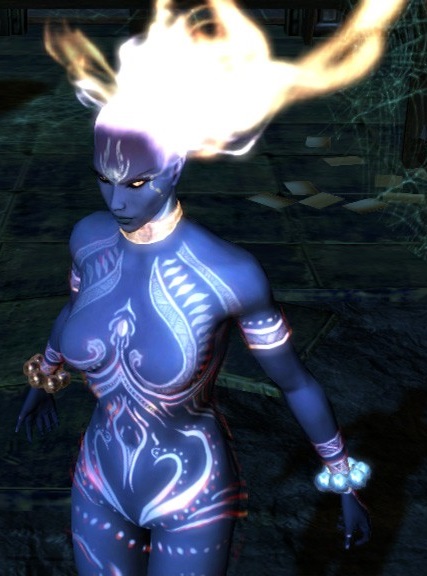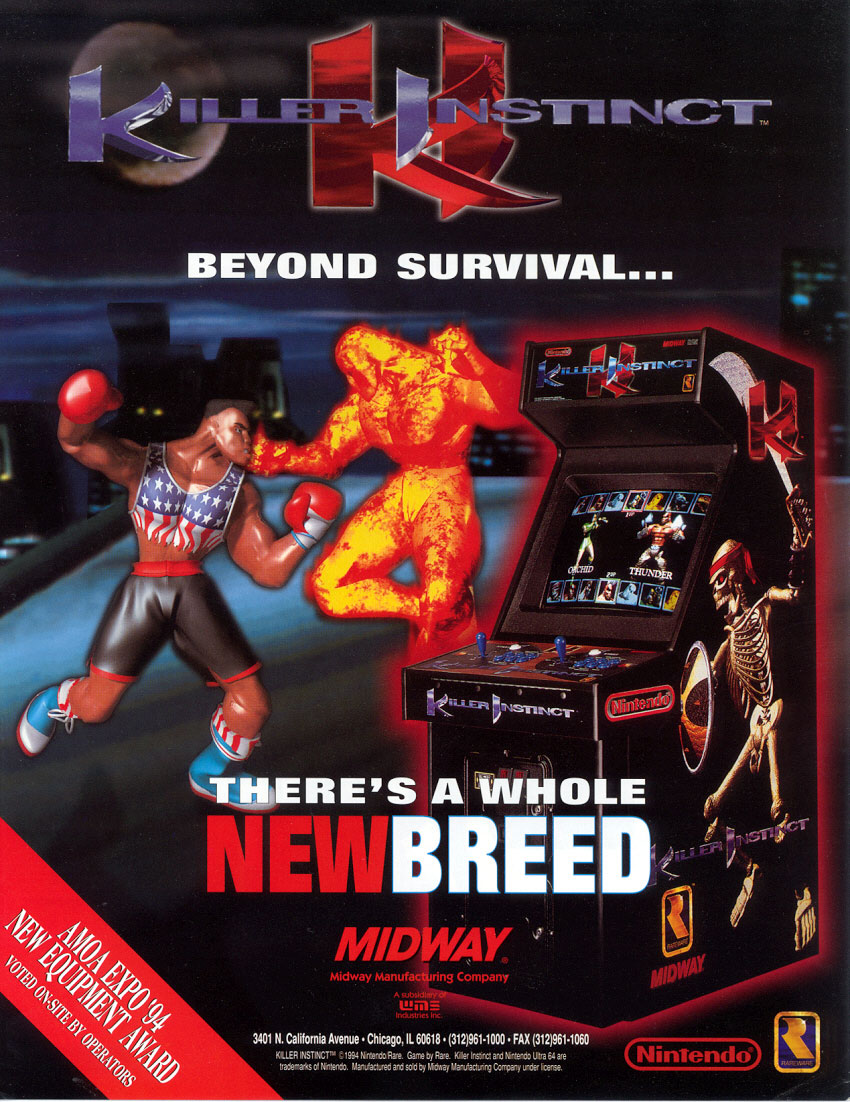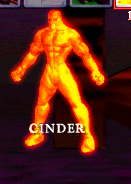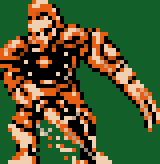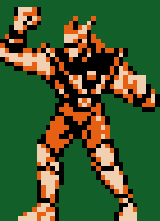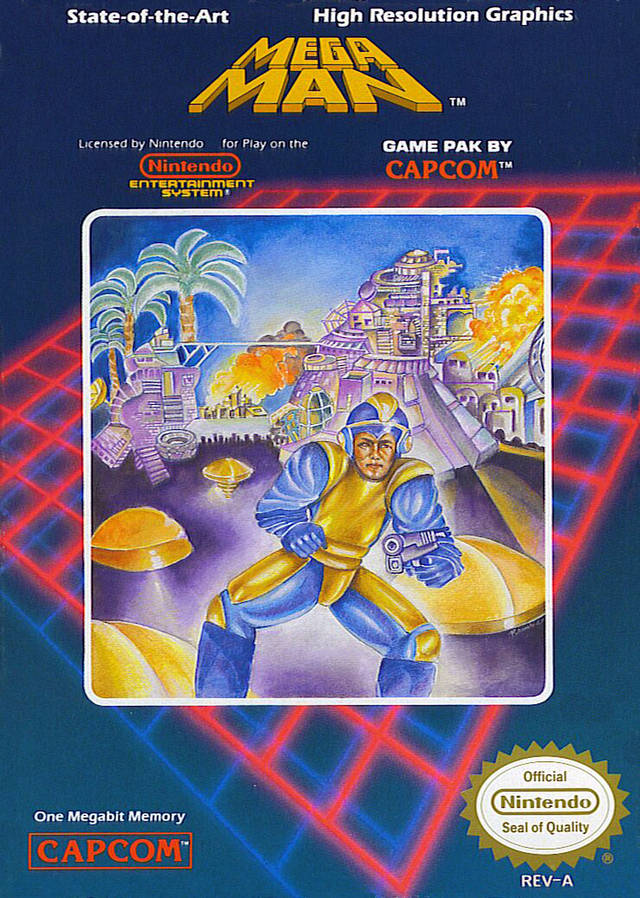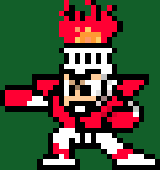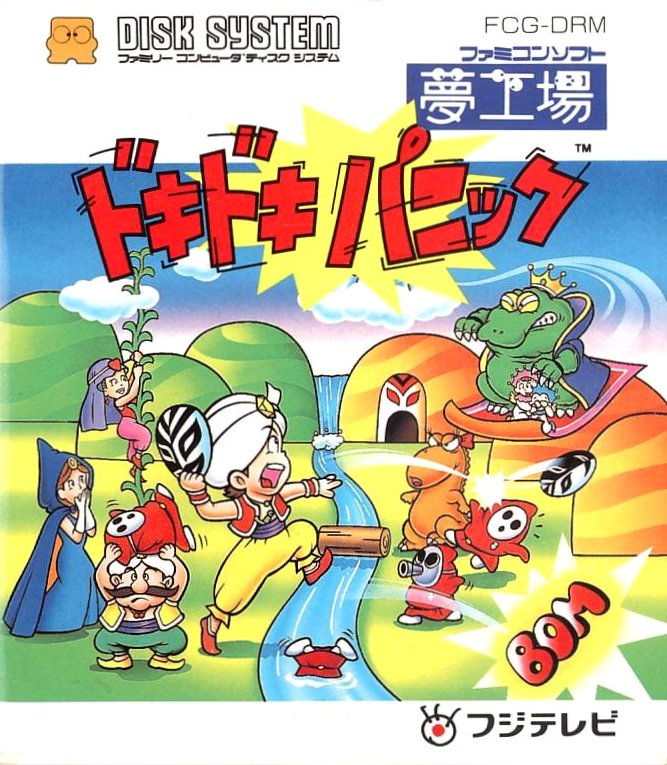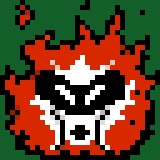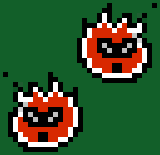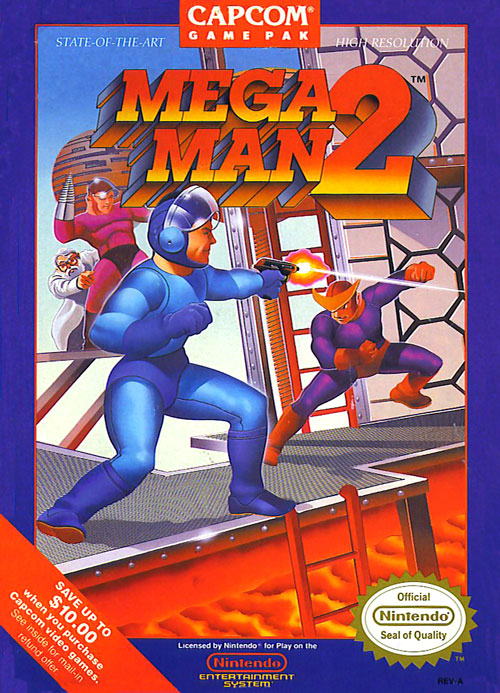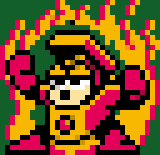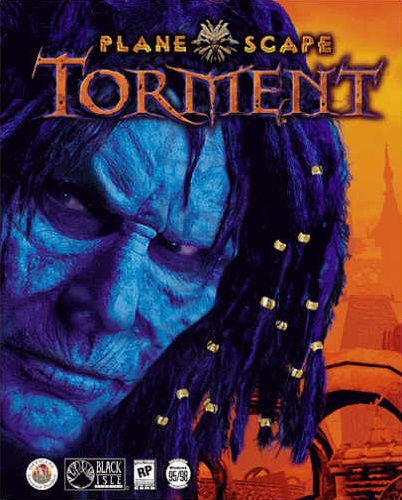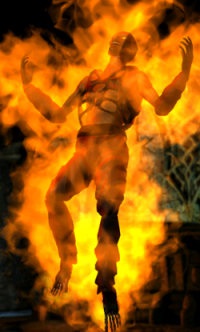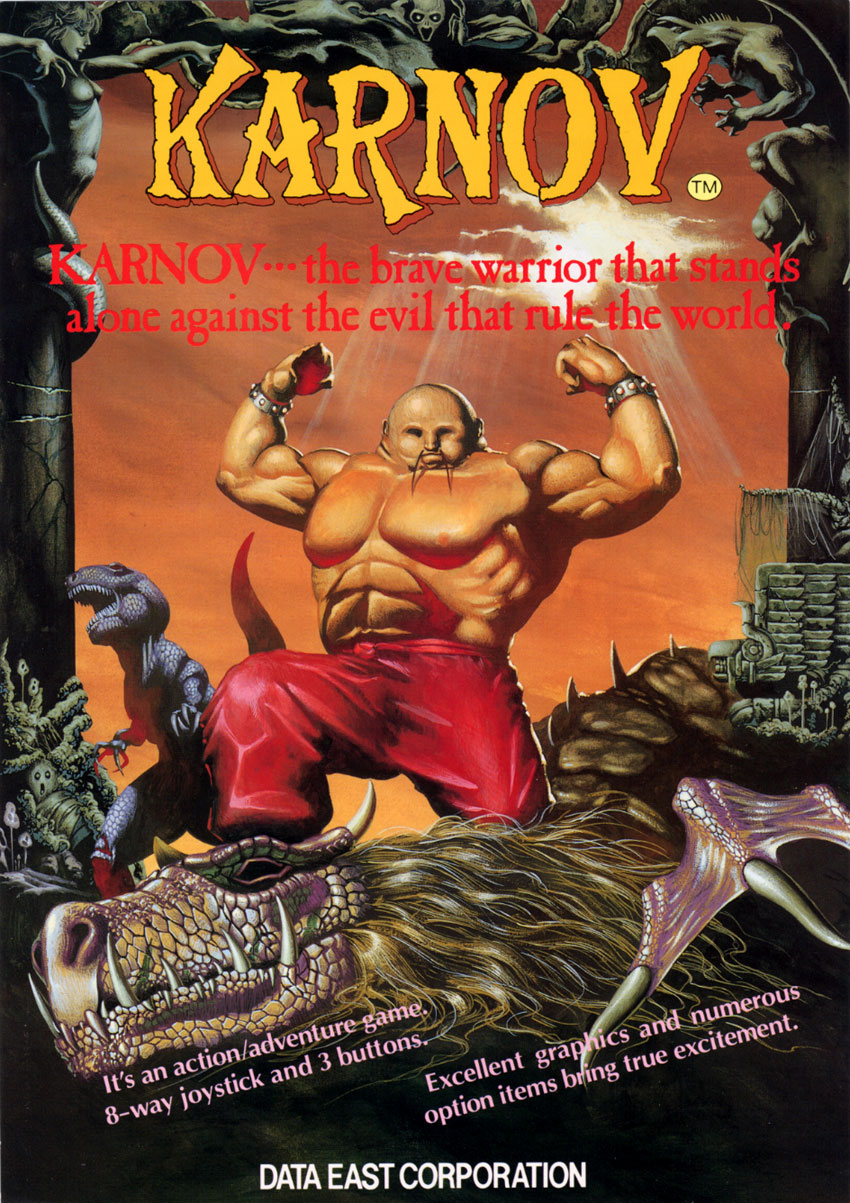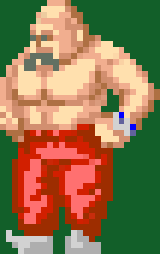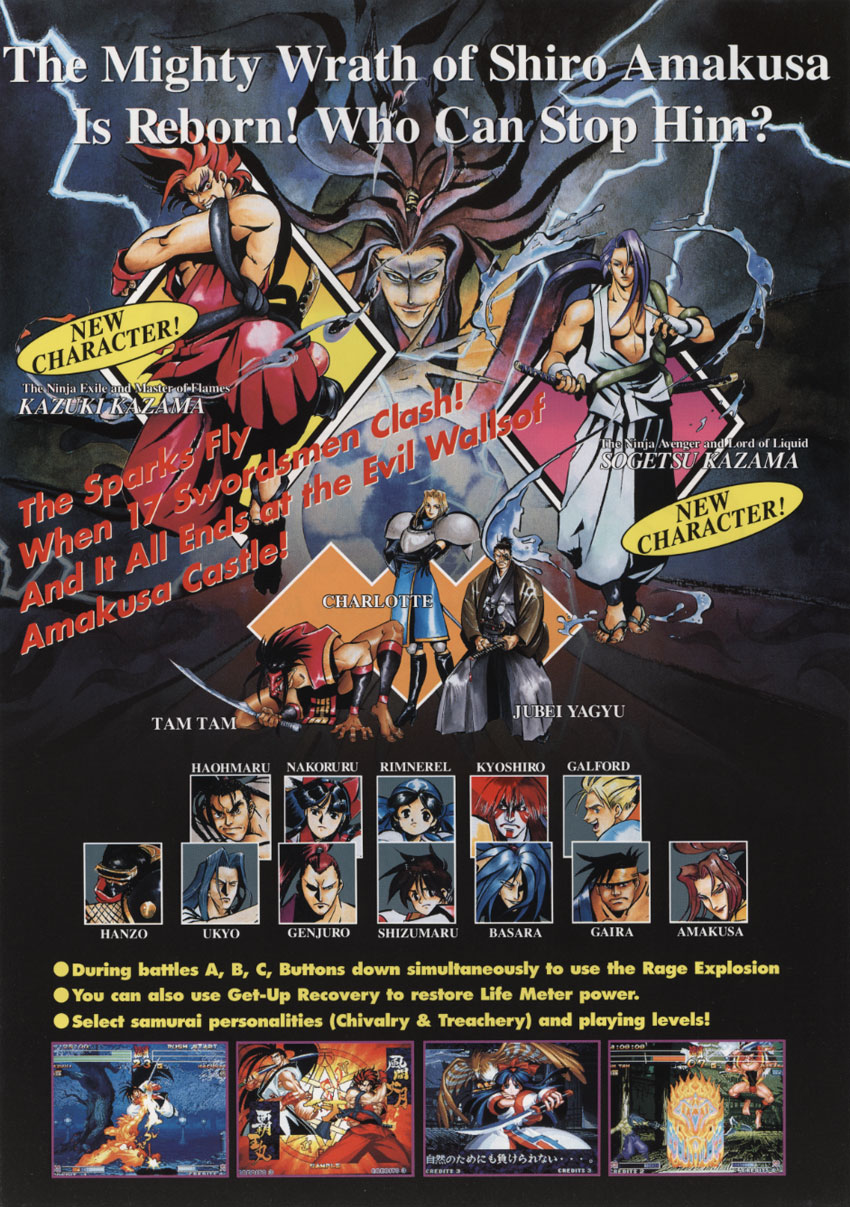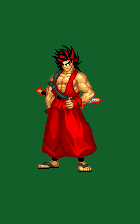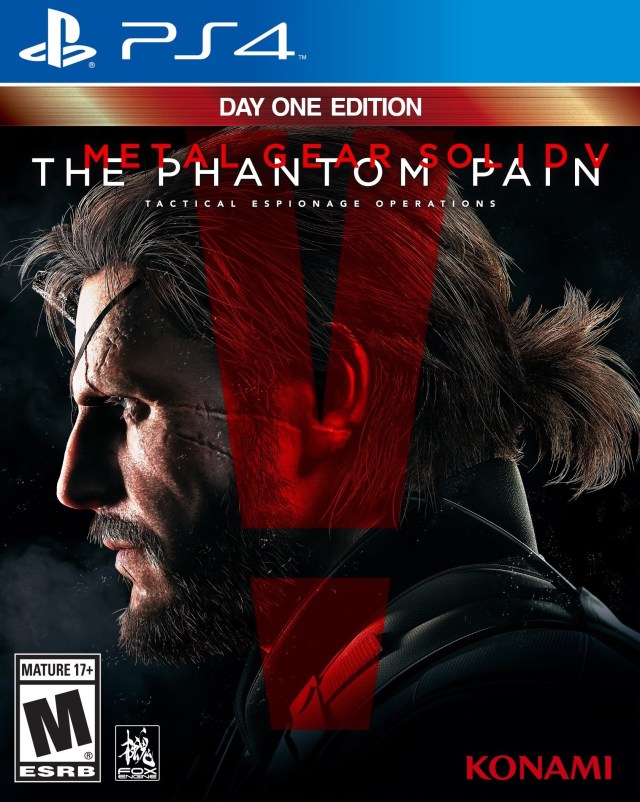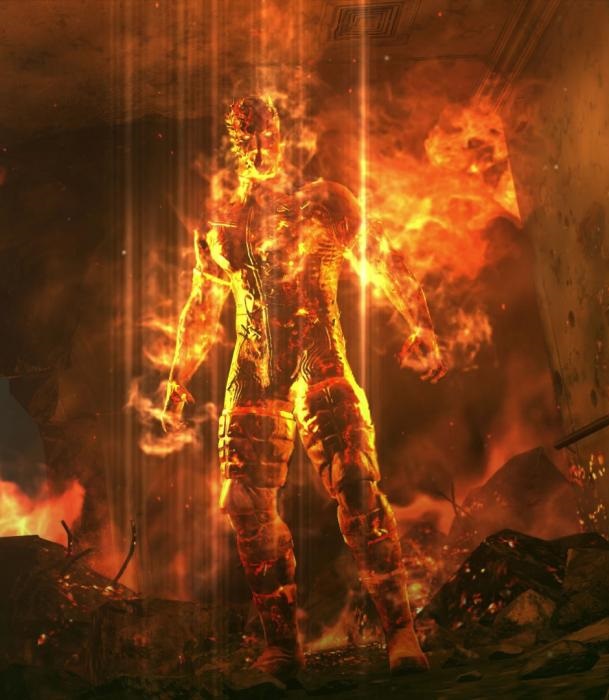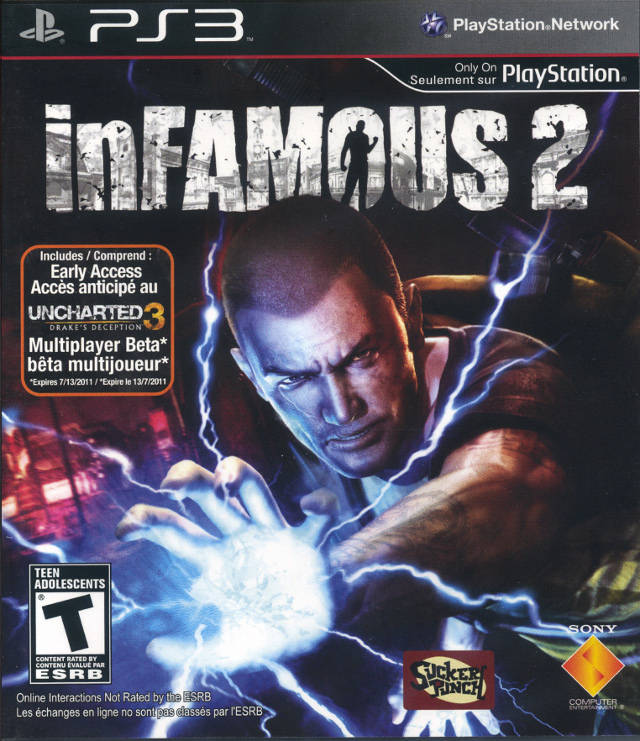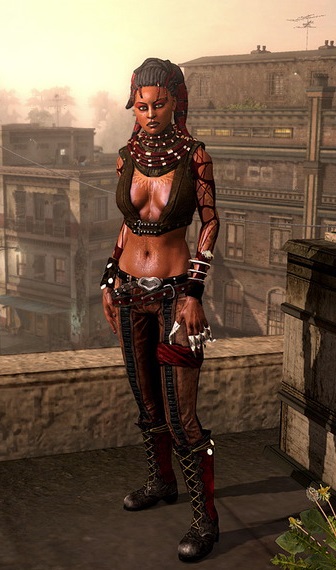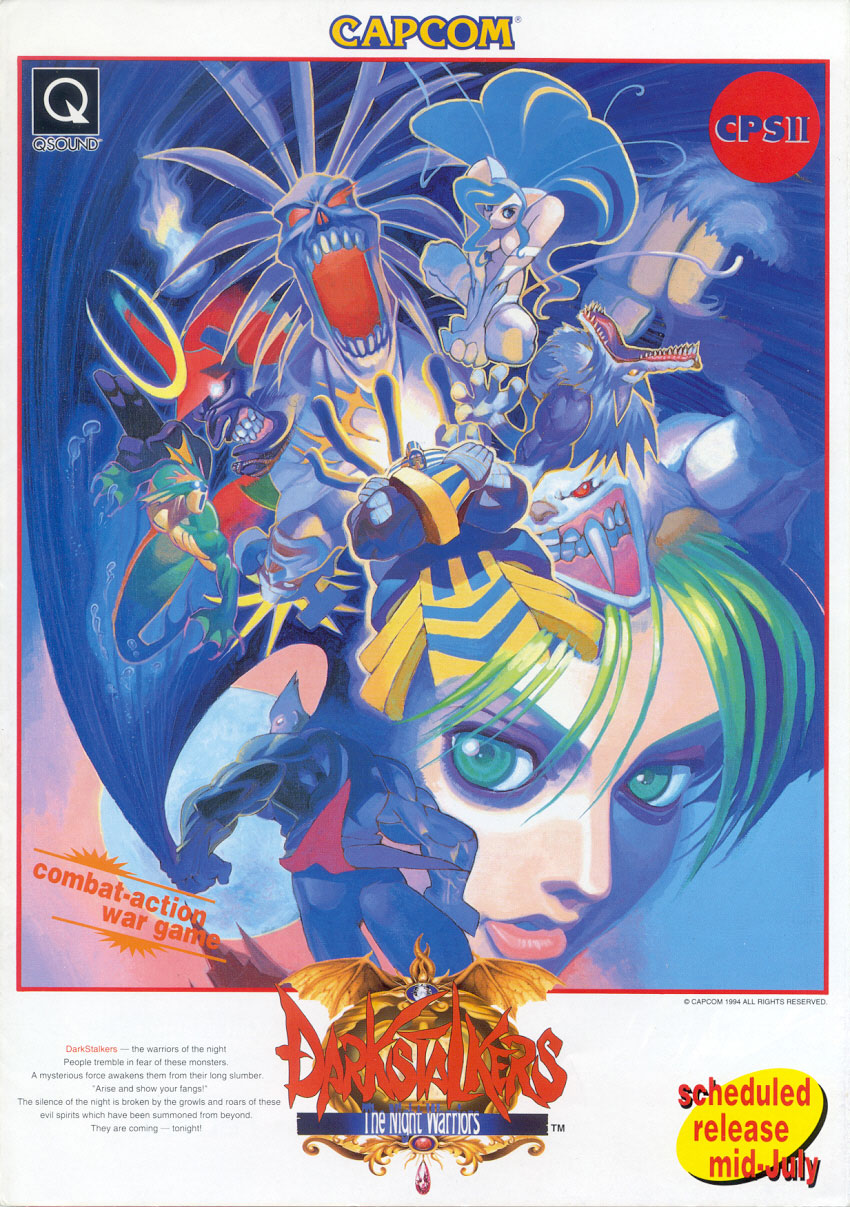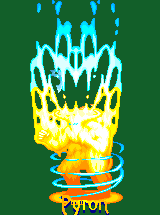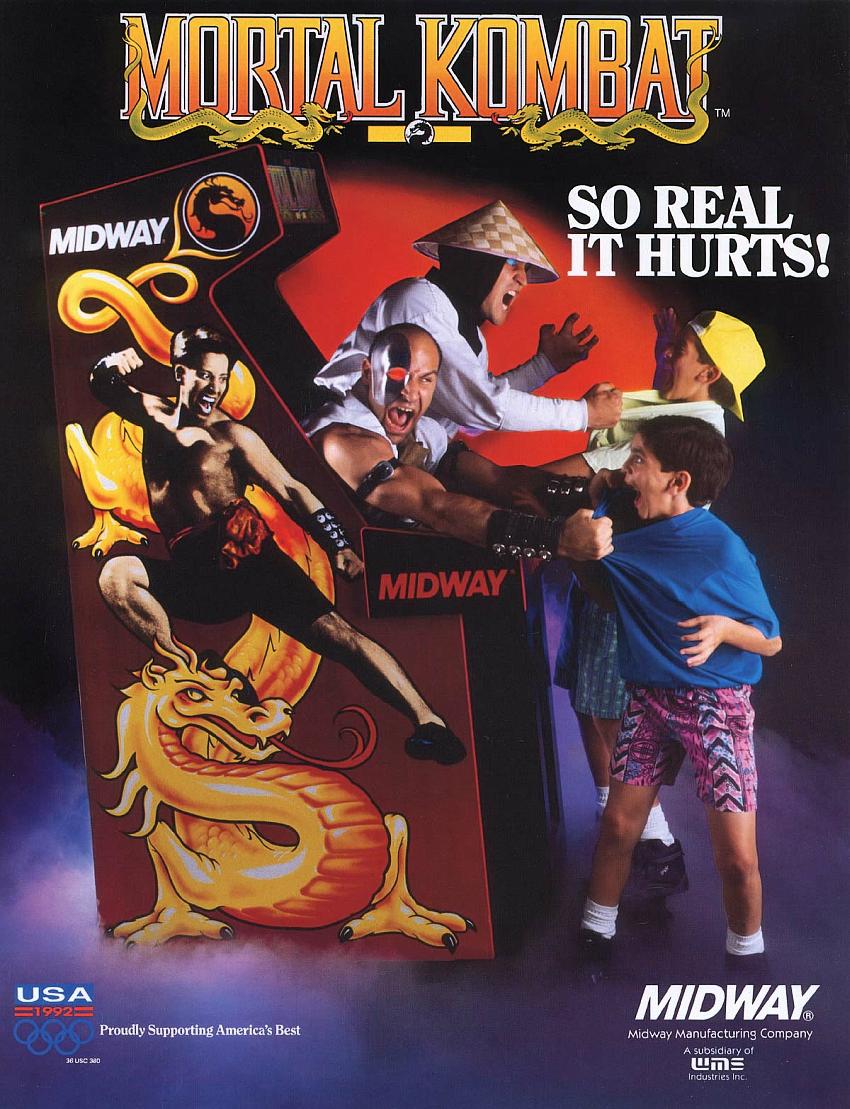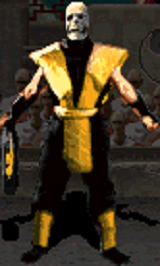Inventories: The Hottest Characters in Gaming

Characters with an extreme affinity for fire are common in video games, but there's been little in the way of heated debate regarding how well they complement the games they're in. Here we take a look at some of gaming's hottest characters to see whether or not their design, abilities and personality can really bring the heat.
Anjali from Dungeon Siege III (2011)
Thanks to her fiery visage and focus on revenge, Anjali is the best character to select among Dungeon Siege III's four heroes. Obsidian dropped the ball on the rest of the cast which includes Lucas "boring knight" Montbarron, Reinhart "rehashed wizard" Manx, and Katarina, whose combination of gunplay, witchcraft, and a single name with four vowels falls flat in a post-Bayonetta world. Anjali shines not just from being descended from powerful flame beings that helped the old gods create the game's setting, but the way this effects her path through the game.
All four heroes want to defeat the game's villain, Jeyne Kessender, but Anjali is the only one that doesn't fall into fits of drama and political machination. Her voice actress, Amanda Philipson, plays things in an aloof and bemused manner, a nice contrast to the rest of the cast's seriousness that further helps her stand out. She's also the most interesting character to play as, as players can switch between her human and fiery forms at any time. As a human she is an agile fighter with a spear. When transformed she gets a wide variety of flame based attacks. Her story ends up being the most unique as well. She ends up having the most direct tie to the game's final bad guys even while the other three characters are each battling over competing claims to the throne.
Cinder from Killer Instinct (1994)
While his thematic rival, Glacius, was cool enough to make the cut and appear in Killer Instinct 2, Cinder had some trouble breaking the ice after his debut. He was very popular in 1994 thanks to him having several easy ways to completely overwhelm opponents who selected anyone else. Despite this explosive debut, the candle that burns twice as bright burns half as long, and Rare snuffed him out completely for the game's sequel because of his fast but boring fighting style. Being too hot to handle, Cinder was also conspicuously absent from Double Helix's 2013 Killer Instinct installment. By popular demand, however, he was given another chance to shine in the game's second release of downloadable characters, adding a warm reception to what was initially a coolly received Xbox One launch title.
Cinder is mostly remembered from the original Killer Instinct for his high speed as well as his goofy voice that resembles Liquidator from Darkwing Duck more than it does someone who is a living ball of flame. In Double Helix's 2013 Killer Instinct game, Cinder is given a much more detailed and animated design that better displays the extreme temperature of someone whose body is composed of super heated plasma. His fighting style is also changed to make him more versatile than the effective but repetitive strategies players would end up sticking with while using him in the original. Finally, his origin is altered as well in a way that ties him to Glacius.
Electrocutioner and Firebug from Batman: The Video Game (1989)
It might seem shocking to add an electricity-themed character to a current feature of the hottest of the hot, but Electrocutioner has an inner fire that makes him especially condusive to bringing the heat to this list! Let's conduct ourselves to the NES manual for Batman: The Video Game to learn more:
This Boss is a self-electrogenic man, the strongest warrior on earth, who is capable of transmitting a "Moon Attacker" (a 10 Mega-Giga volt killer beam) out of his arm.
Short story shorter, Electrocutioner shoots massive arcs of electricity out of his arm to attack Batman. Would this leave him frazzled, or would The World's Greatest Detective actually feel the burn?
Let's do some quick math. There are 1,000,000 volts in a megavolt, and there are 1,000 megavolts in a gigavolt, and Electrocutioner's arm is holding "10 Mega-Giga" volts of power. The amount of heat generated inside his arm alone to be able to store that much juice in one small place is stunning. Even when electricity arcs through the air from a high resistance area holding it in place like Electrocutioner's arm to a low resistance area like Batman's face, it can reach a temperature of up to 19,982 degrees Celsius. That's more than high enough to instantly ignite a person and almost anything around them at the same time.
Not to be outdone, Firebug is even more ridiculous:
Firebug will stop at nothing to kill BATMAN. He can emit 600 million °C fireballs that will instantly dissolve anything into atomic pieces. he is definitely Batman's most powerful enemy besides THE JOKER.
600 million degrees Celsius is pretty hot. To give this some context, the hottest known natural place in our solar system is the sun, which tops out at fifteen million degrees. Video game enemies that attack with electricity and by slinging balls of fire around are commonplace, but it's rare to see their abilities given exact (and completely ridiculous) numbers, earning both Electrocutioner and Firebug a place on this list.
Fire Man from Mega Man (1987)
Fire Man (and his counterpart Ice Man) are a bit typical compared to Mega Man's other four bosses. Fire Man is the most committed, however, as the inside of his knight-like helm is engulfed in flames at all times. Not only is his head always ablaze, he doesn't even have hands as he has a fire spewing arm cannon mounted on each arm instead. Finally, he's also very aggressive comared to the game's other robot masters, shooting large waves of fire that not only hurt Mega Man, but also leave molten remnants on the ground as they fly across the screen. It's even more impressive once Mega Man defeats him and gets ahold of his weapon, the Fire Storm, as each attack lets Mega Man not only shoot fireballs, but also creates a shield of flame around him. Even in 1987 Capcom was able to make this guy stand out among the crowd when "shoots fire" would make him seem like the lamest of the game's six major enemies on the surface.
Fryguy from Yume Kōjō: Doki Doki Panic (1987)
The first thing that players will feel when they reach Fryguy for the first time is shock. After all, what's a sentient fireball doing hanging out in an ice themed area? No one knows, but Fuji Television and Nintendo did realize they had a great character on their hands, making sure not to have him overstay his welcome by having him only appear once in the game. When Nintendo remade Yume Kōjō into Super Mario Bros. 2 for the US NES, Fryguy's uniqueness was kept intact, as an entirely new boss (the crustacean Clawgrip) was added to the game to replace one of its other repetitive boss fights. The actual fight against Fryguy seems frantic at first, with him floating around aimlessly dropping and endless rain of fireballs on the player.
Things really heat up once the player has damaged him sufficiently. Out of nowhere, he explodes into four Mini Fryguys that start hopping along the ground. To make things even more intense, while each Mini Fryguy only needs to be hit once to be exstinguished, any remaining ones move faster and faster each time one of their fellows is snuffed out. While the difficulty of this fight isn't too much higher than others in the game, Fryguy's look and abilities are totally unique (he hasn't even appeared in any Mario games since outside of a very brief spinoff) appearance. It's also an interesting way to mess with the player's expectations, since a first time player will probably stay towards the top level of the area with some blocks to get the drop on Fryguy. This puts players in a position where they have to jump directly into the fray as the hopping Mini Fryguys remains at the bottm of the screen to actually finish them off.
Heat Man from Mega Man 2 (1988)
If Fire Man's flaming head blew the top off incendiary robotic character design in 1987, Heat Man burns away whatever is left. His boxy body belies high speed and power. Most importantly, however, is that there's an almost constant fire raging around his metallic frame. This was intense in 1988 not just for the visual effect, but when Heat Man charges up those flames to charge at Mega Man, the personal inferno around him will harmlessly repulse Mega Man's attacks! Heat Man attacks players by hurling multiple fireballs in an arc, each of which erupts into a pillar of flame as soon as they hit the ground. He can also heat himself up so much that his entire body turns into a massive pillar of flame, during which he quickly charges across the screen. As a final trick, if players have the very powerful Crash Bomb weapon (or Atomic Fire during the endgame rematch) in their possession and are foolish enough to use it, Heat Man is so strong that he actually absorbs these powerful attacks, completely refilling his energy!
To top it all off, the dramatically named Atomic Fire is pretty powerful when used by Mega Man as well. While it seems weak at a glance, players can hold down the fire button to charge up a much more powerful blast, something that would become the norm for the entire Mega Man series from the fourth installment and on. Having so much going on with such an early boss in the series' history makes Heat Man one of the hottest designs in gaming. A character so effective that Mega Man creator Keiji Inafune even considers him his favorite boss in the game. After such a strong showing, Capcom understandably skipped out on having a fire themed boss completely for the third, fourth and fith Mega Man games. It wasn't until Mega Man 6 that they tried again with the weak flicker of Flame Man.
Ignus from Planescape: Torment (1999)
When players first encounter Ignus, he's less a character and more a decorative piece that really ties together the infernally themed bar in which he resides. A pyromaniacal pursuer of incendiary experience, his madness ended with his soul being imprisoned in a dimension of pure flame. His will and love of fire is so strong, however, that his body has burnt at a very slow rate, and that smoldering corpse is what gives the Smoldering Corpse Tavern its name. It's also a great introduction for a character that fully embraces the hilariously macabre nature of the game's setting.
Things really heat up later on in the game, however, as he can be reunited with his body and recruited into the player's party. He leaves quite an impression, as the very first thing he does once he's mobile again is embrace a loved one, instantly vaporizing her. This just makes him more gleeful, as his character is extremely bored any time he is not witnessing things burning. Planescape: Torment's creators (many of whom would later work at Obsidian), even worked this into the game's combat system, as players can learn new spells by sacrificing body parts to Ignus in exchange for fiery knowledge. Charles Adler, Ignus' voice, imbues these exchanges and the rest of Ignus's dialogue with alternating fits of boredom and glee.
Karnov from Karnov (1987)
It can be hard to believe today, but Karnov's titular burly protagonist and the surreal landscapes he would explore were once hugely popular. Karnov was quickly ported from the arcades to many home computers, and Data East liked the character enough to make him the boss of their Fighter's History series (until being displaced by Chelnov in 1995). Karnov stood out from other arcade game heroes thanks to the variety of equipment he would use. Throughout the game players would have to make use of a range of items that would seem more in place in a Legend of Zelda installment than in a high difficulty arcade game. Karnov's main way of interacting with the world around him, however, is rapidly spitting balls of fire at everything that moves. To say he has fire in the belly is a massive understatement. Karnov ended up being a hot game in the late 80s thanks to both its popularity and to the unusually heated nature of Karnov himself.
Kazuki Kazama from Samurai Shodown IV: Amakusa's Revenge (1996)
One of two new ninja characters added to Samurai Shodown IV's roster, Kazuki is the hotheaded rival to his brother Sogetsu's cool demeanor. SNK does a great job incorporating his personality into the animations and look of his special movies, which range from more typical fighting game attacks to a counter move where he gets so angry he explodes. He's so hot, that in some later installments his fiery sword becomes an entirely separate berserk version of him that goes by the name of Enja.
On a final note, his theme song suits him perfectly. Staying low and slow is a perfect musical choice for a series that at the time was built around a slow burn of positioning followed by attacks that hit like a truck. Kazuki is a perfect fit for the game, and stands out even among SNK's many other flame flinging fighting game characters thanks to his explosive personality and some unique special moves. Years before Avatar: The Last Airbender would hit the air, SNK had already perfected combining element themed magic with martial arts in Kazuki's design.
The Man on Fire from Metal Gear Solid V: The Phantom Pain (2015)
While his part in the game's story is minimal, the Man on Fire makes a literally explosive debut in Metal Gear Solid V's harrowing opening. The most impressive thing about him is his ability to absorb enemy gunfire into his body, and then fire the molten remains back at his enemies to devastating effect. While it would have been nice to see more of this character in action before the game's climax, his rarity makes each of his appearances feel like a huge and dangerous deal compared to almost anything else in the game. He also stands out as the only obstacle in the game that can't be overcome with superior firepower.
Nix from inFAMOUS 2 (2011)
When players first encounter Nix, she's set up to be a lame rehash of Sasha, an oily and unlikable rival from first inFAMOUS. Fortunately, the game's story quickly goes in a different direction, with Nix becoming an invaluable ally with less blatantly evil designs on the city of New Marais, making both her and Cole's other allies see eye to eye on what needs to be done throughout the game even if their methods differ. Nix has an array of destructive fire based abilities Cole can learn if he sides with her at a critical part of the story, but her passionate nature is also shown in her growing affection for some monstrous enemies found throughout the game. Rather than destroy them, she manages to tame some of them and they eventually become something of an adoptive family to her.
Nix is voiced by Nika Futterman, who plays the character completely over the top. While the game's oversexualized dialogue is pure cheeseball, Futterman puts in a joyous performance and chews scenery from start to finish, turning in the best performance of the game for a script that is infamous only in how it is somehow even more idiotic than the script for inFAMOUS. Even Nix's Japanese voice actress, Urara Takano, maintains the feel of an already aggressive person overjoyed to have the power to change her life and avenge her family. It's a stark contrast to other work she had been doing at the time of inFAMOUS 2's Japanese localization. No matter which version of the game players try out, they are guaranteed to warm up more to Nix's personality than to anyone else in the game.
Pyron from Darkstalkers: The Night Warriors (1994)
In a game full of well animated and eccentric characters inspired by various monsters ubiquitous in film, Pyron still manages to stand out thanks to the great amount of effort put into his looks and moves. A god-like alien being that consumes entire worlds, Capcom outdid themselves in Pyron's first appearance, animating a character that is almost without form. This is evident even when he's standing "still." Once he's in motion, it's immediately obvious that no expense was spared in having Pyron appear as a being constantly in flux and not completely within our world. He's easily one of the best looking depictions of a character composed of flame in any video game past or present.
Scorpion from Mortal Kombat (1992)
With only seven characters to choose from in the original Mortal Kombat, each one stood out in their own way, and helped the game's then impressive digitized graphics and graphic violence turn Mortal Kombat into a franchise that's been going strong ever since. Despite its ever growing roster of alternately great and worthless characters, Scorpion (and his coldhearted rival Sub-Zero) have always remained the most popular. As a lost soul bent on revenge, Scorpion's design would come to emphasize his attachment to the Netherworld and an extensive use of bladed chains and fiery attacks to complement his ninja skills and outfit that would make Godfrey Ho proud. Even in his original appearance, however, he stands out. Most of Mortal Kombat's notoriety in 1992 came from its "Fatalities," cartoonishly gruesome finishing moves the game encourages players to perform on a defeated and helpless opponent. While supernatural powers were commonplace even in this first installment of the series, Scorpion's finishing move still makes a great first impression.
He and Sub-Zero share the same actor and outfit, making one assume that Scorpion is a human being. However, to finish opponents off, Scorpion removes his mask, revealing himself to actually be an undead spectre, before he incinerates his opponent by breathing fire on them. Scorpion also has an attack where he can quickly fly off one end of the screen and appear on the opposite side to attack players from behind. Finally, he and Sub-Zero also shared something very unique to one on one fighting games at the time. Both have a special move stuns an opponent for a time, leaving them vulnerable to extra attacks. Scorpion's stood out because of his infamous "COME HERE!" and "GET OVER HERE!" voice overs while incapacitating enemies with his blade.
This little extra bit of personality put Scorpion miles ahead of the other six character's more generic screams and grunts. The impact of this cannot be oversated, Scorpion's design is simple while still managing to encompass everything that is stereotypically awesome to a kid in the early 90s. He's part ninja, part Ghost Rider, and his finishing move forced people to question the character's nature in a genre that was still generally built around more superficial stereotypes. That finishing move also made it to home consoles in an uncensored form which, combined with the move being easy to perform, made sure that everyone got to sees Scorprion in action both in the arcades and at home.
